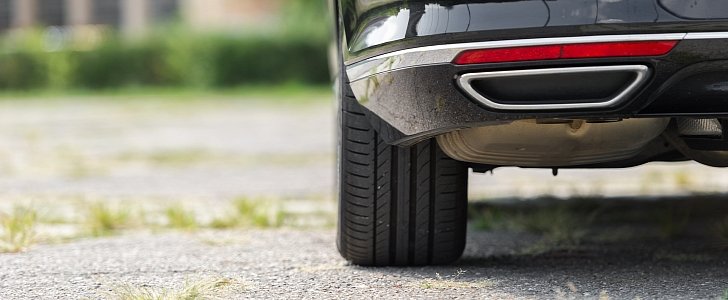When you’re one of the largest corporations in the world and you misbehave, your regrettable actions are most likely to have repercussions at the highest level.
After the initial shock following EPA’s findings on the real-world NOx emissions for some of Volkswagen’s diesel engines had passed, a lot of people started wondering whether other manufacturers were using similar devices to trick the official tests.
BMW came out and said they didn’t, Mercedes-Benz did the same, and a lot of other manufacturers - mainly European, as they’re the ones betting big on diesel power - followed suit. But not everybody was satisfied with that.
Car manufacturing and everything that goes with it is a very important branch for some of the European industries, with Germany obviously leading the way, but Italy, France and the United Kingdom would be three just as good examples.
Today, the European Commission and the European Parliament have tried to pressure 28 member governments into agreeing on tougher regulations that should limit the discrepancies between real-world and theoretical performance of new cars.
Now, take a wild stab in the dark: who do you think were the strongest opponents of a stricter emission-testing regime? If you said “Germany and Great Britain,” congratulations, you won the right to continue reading. On the opposite side were countries such as Denmark and, had it been a member, Norway, which would have certainly stood up and demanded action as well. These are the countries that have minimal ties with the automotive industry, on the one hand, and have taken a serious pledge for developing green and sustainable technologies, on the other.
Still, “real world” testing of new cars as proposed by the European Commission should become mandatory next year, taking full effect in 2017 after a one-year accommodation period. Those trying to counter this move will have a hard time, as it comes following research that proved nitrogen oxide emissions on the road are 400 to 500 percent greater than the lab values.
The European Commission is willing to offer a 60 percent leeway from the proposed 80 milligrams per kilometer for another two years (until 2019), and then drop it to a more restrictive 20 percent.
No final decision has yet been made, but we’ll surely witness a silent conflict between two sides, one of them backed up by the public opinion while the other by some of the most powerful companies on the continent. People versus corporations? I guess we all know who’s going to win.
BMW came out and said they didn’t, Mercedes-Benz did the same, and a lot of other manufacturers - mainly European, as they’re the ones betting big on diesel power - followed suit. But not everybody was satisfied with that.
Car manufacturing and everything that goes with it is a very important branch for some of the European industries, with Germany obviously leading the way, but Italy, France and the United Kingdom would be three just as good examples.
Today, the European Commission and the European Parliament have tried to pressure 28 member governments into agreeing on tougher regulations that should limit the discrepancies between real-world and theoretical performance of new cars.
Now, take a wild stab in the dark: who do you think were the strongest opponents of a stricter emission-testing regime? If you said “Germany and Great Britain,” congratulations, you won the right to continue reading. On the opposite side were countries such as Denmark and, had it been a member, Norway, which would have certainly stood up and demanded action as well. These are the countries that have minimal ties with the automotive industry, on the one hand, and have taken a serious pledge for developing green and sustainable technologies, on the other.
Still, “real world” testing of new cars as proposed by the European Commission should become mandatory next year, taking full effect in 2017 after a one-year accommodation period. Those trying to counter this move will have a hard time, as it comes following research that proved nitrogen oxide emissions on the road are 400 to 500 percent greater than the lab values.
The European Commission is willing to offer a 60 percent leeway from the proposed 80 milligrams per kilometer for another two years (until 2019), and then drop it to a more restrictive 20 percent.
No final decision has yet been made, but we’ll surely witness a silent conflict between two sides, one of them backed up by the public opinion while the other by some of the most powerful companies on the continent. People versus corporations? I guess we all know who’s going to win.

